In several articles National Geographic authors describe various topics connected with slavery and the ship known as the Clotilda. This particular ship is noted because it was the last ship to bring enslaved people from Africa to the United States. The final voyage was after a law was past that made it illegal to bring new slaves to this country, though the law at that point did not make slavery itself illegal. The ship owners and crew were obviously aware they were breaking the law because they offloaded their cargo in clandestine ways. As soon as they did, they sailed her up a river where they burned and sank the ship.
The series of articles includes depictions of the technology of the ship Clotilda itself. There is a series of maps (another form of technical knowledge) depicting slave-ship routes and numbers of enslaved people forced along each of the routes between Africa and various parts of North America, South America, Central America, and the Caribbean. For example, the map shows how mainland North America received 307,000 slaves directly. At the same time over 4 million were taken to the Caribbean, many later were moved into North America, or the products they created directly benefited North American people. The map shows around 3.8 million were sent to mainland South America, with perhaps similar North American benefit. One other bit of technology I’d like to mention is the use of modern underwater tools to find and document the final whereabouts of the Clotilda. Underwater archaeology was not really possible to any extent even in the early part my lifetime. Here we are today with sophisticated imaging to find anomalies that we can then directly approach and explore in the water environment.
Archives and media are other forms of communication technology here. Sales of humans were documented, but so were the aftermath events to the people who were Clotilda victims. This issue of the National Geographic magazine describes the lives of some of them after emancipation, and their efforts to settle a new town that still exists today. Africatown, AL still has buildings built by its founders, many of whom were Clotilda survivors and their descendants.
As one who studies societal effects of technology and technological effects by social issues, I’m reminded by this series of stories how human aims drive technical development for well or ill. Acts of both evil and good were facilitated by and inspired creation of specific forms of technology. These kinds of stories remind me why the ideas of technological determinism are relegated to former thought, and themes of co-production are more generally accepted. Specific technical expression is not inevitable, but influenced. Social choice is not driven by technical advances, but both change each other. For example, despite all our access to online texts, when we lost electrical power in our home this past winter my hands and eyes turned to hard-copy. When I spend long hours in a car my ears turn to the same content through hands-free connectivity. These options and their use came to be by choice and the inspiration of necessity. None of that technical expression was inevitable.
Bibliography
Bourne, Joel K. 2020. "Cruel Commerce." National Geographic, February: 52.
—. 2020. "Saving Africatown." National Geographic, February: 61-65.
Brasted, Chelsea. 2020. "Owning the Past." National Geographic, February: 66-67.
Diouf, Sylviane. 2020. "Journey of No Return." National Geographic, February: 53-55.


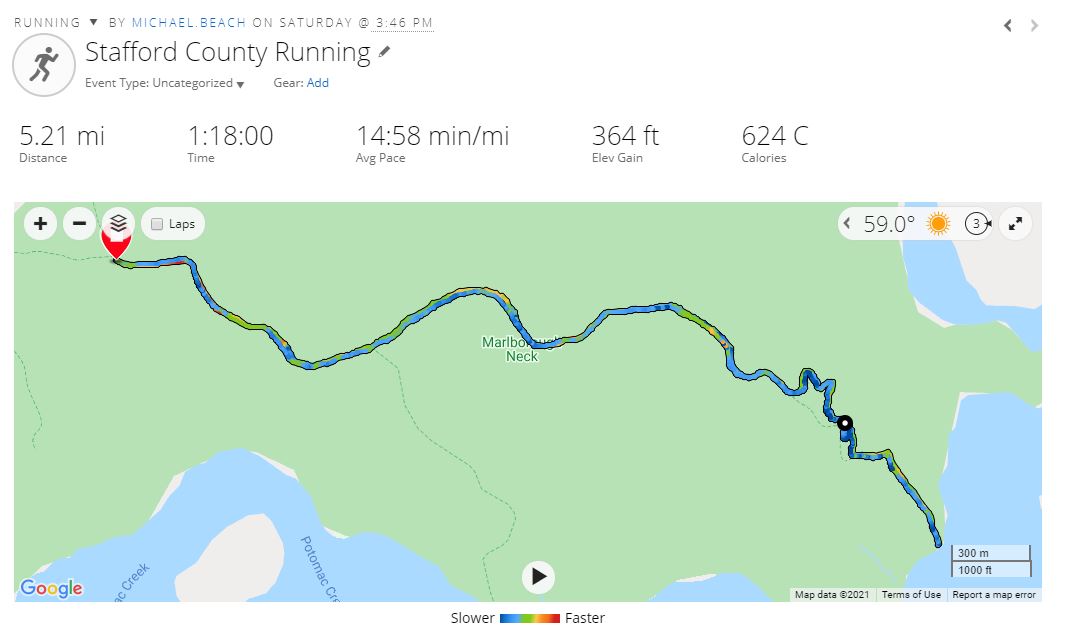









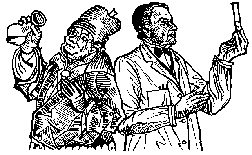
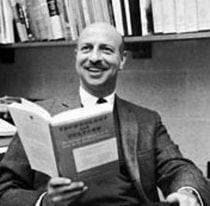
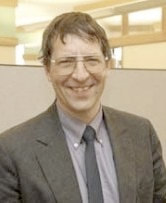



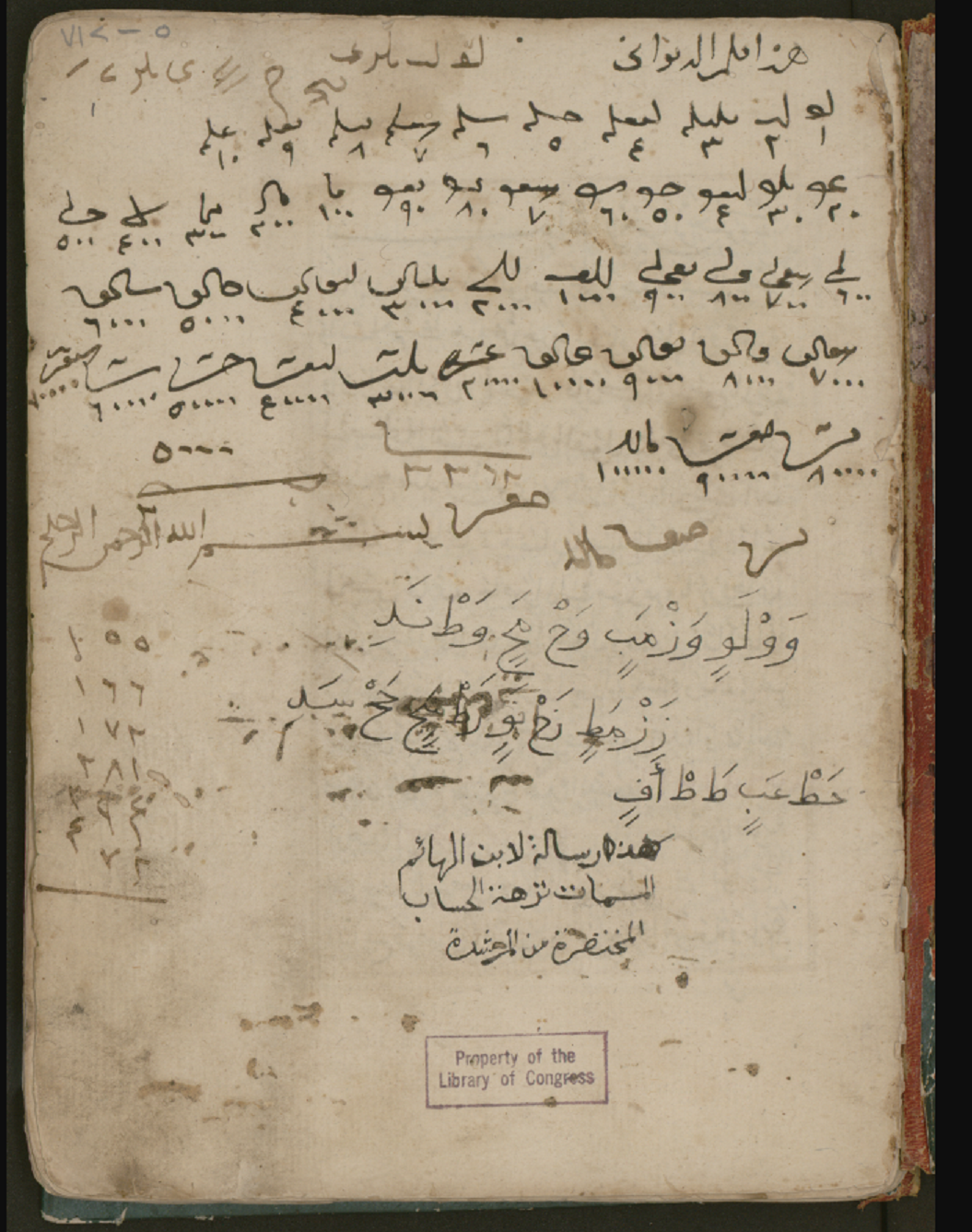




 RSS Feed
RSS Feed